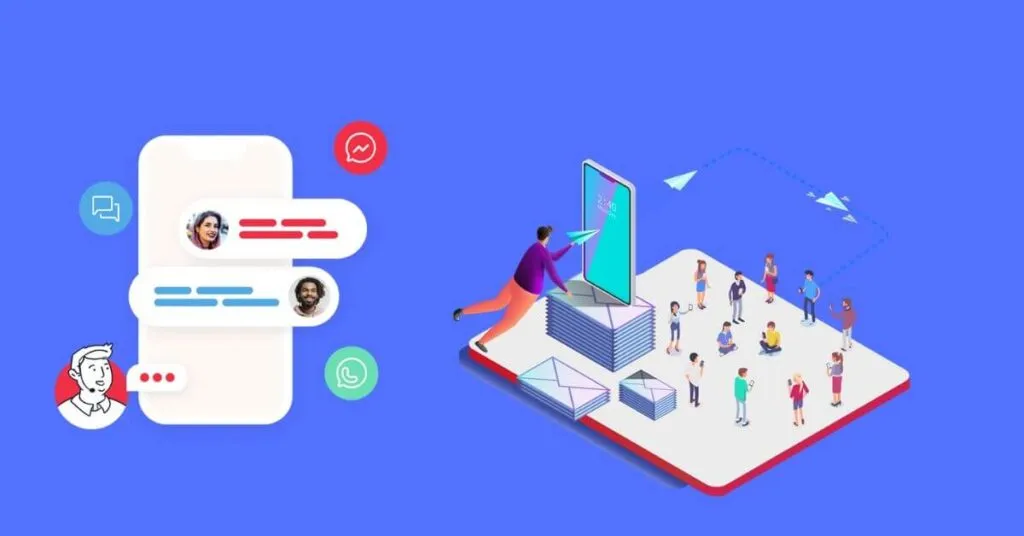Two Way SMS Communication with APIs – Simple message service texts are an excellent way to stay in touch with clients, but they’re often seen as a one-way street. By deploying a dual-mode application programming interface, customer service representatives can contact the customers in their charge and respond to any concerns they might have in real time.
Table of Contents
Two Way SMS Communication with APIs
Finding a Full-Featured API
Just like nearly everything else in the world of computers, all APIs are not created equal. Some of these are essentially static and never allow users to pass anything outside of the original class of parameters that were agreed upon by the programming team.
Instead, others are designed to work as a one-way communications protocol that functions primarily as a broadcasting tool. Customer service agents are free to send anything through the tunnel, but they won’t be able to receive anything back going the other way. True two-way APIs are much more rarer, but they’re the essential building blocks for anybody who wants to communicate in this fashion.
Constructing a programmable SMS API is vital for anybody who wants to deploy a two-way service. Fortunately, professional agencies have already developed these through the application of in-house software experts.
Therefore, Their APIs are programmable even after being put into a production environment. Further programming is normally done by issuing additional calls to the API that pass some sort of code as a parameter, though open-source solutions will optionally permit engineers to modify the underlying algorithms if at all necessary.
Auditing and Editing SMS Code
Considering the fact that SMS texts and multimedia messages are locked into an extremely strict standard, nobody is going to have to dedicate time to changing these up. Rather, most users will simply have to make some customizations in order to bring the existing code up to their own personal standards.
Accomplishing this could be as easy as editing a text file. Window managers and other sophisticated applications are controlled in this way, so even those who don’t have much experience in the telephony space won’t have too much trouble getting things up and running.
Manual pages and other types of online documentation are usually provided, so programmers will have something to work against as they fill out each field they’re confronted with. Specialists can make use of object-oriented inheritance coding and copy large amounts of data from one SMS API to another, potentially automating every workflow, even tangentially related to the texting process.
Larger enterprises can effectively use this kind of automation, but building a two-way street for SMS texts is hardly necessary. In fact, there’s a good possibility that all that’s really needed is a pair of subroutines that pass data back and forth.
Using a Series of SMS Gates
All most companies need to do is construct two tunnels that manage traffic. One programmable SMS API call will send outgoing SMS or MMS messages to individual consumers, while the other will listen for any messages that wireless subscribers send back down the pipeline. Both of these will point to the same phone number because any number of texts can be processed at any given time. Organizations concerned about dealing with too many messages coming in all at once may want to inquire about how many messages a telephone company central office can route at any given time.
More than likely, this number is far beyond what they have to worry about. In a situation where limitations actually become problematic, programmers can associate multiple texting lines with a single phone number the same way that they might with voice-over-Internet Protocol lines.
Provisioning plenty of resources can help to almost completely eliminate the risk that a message might eventually bounce back to the sender. Customer relationship managers will still want to keep their contact lists clean, however, so that they don’t run into cases where they’re texting someone who changed their number.
Businesses of nearly any size can benefit from deploying an API and tunneling their two-way message traffic through it. Doing so shouldn’t take much effort, and there’s a good chance that it will save far more time in the future than it takes now


